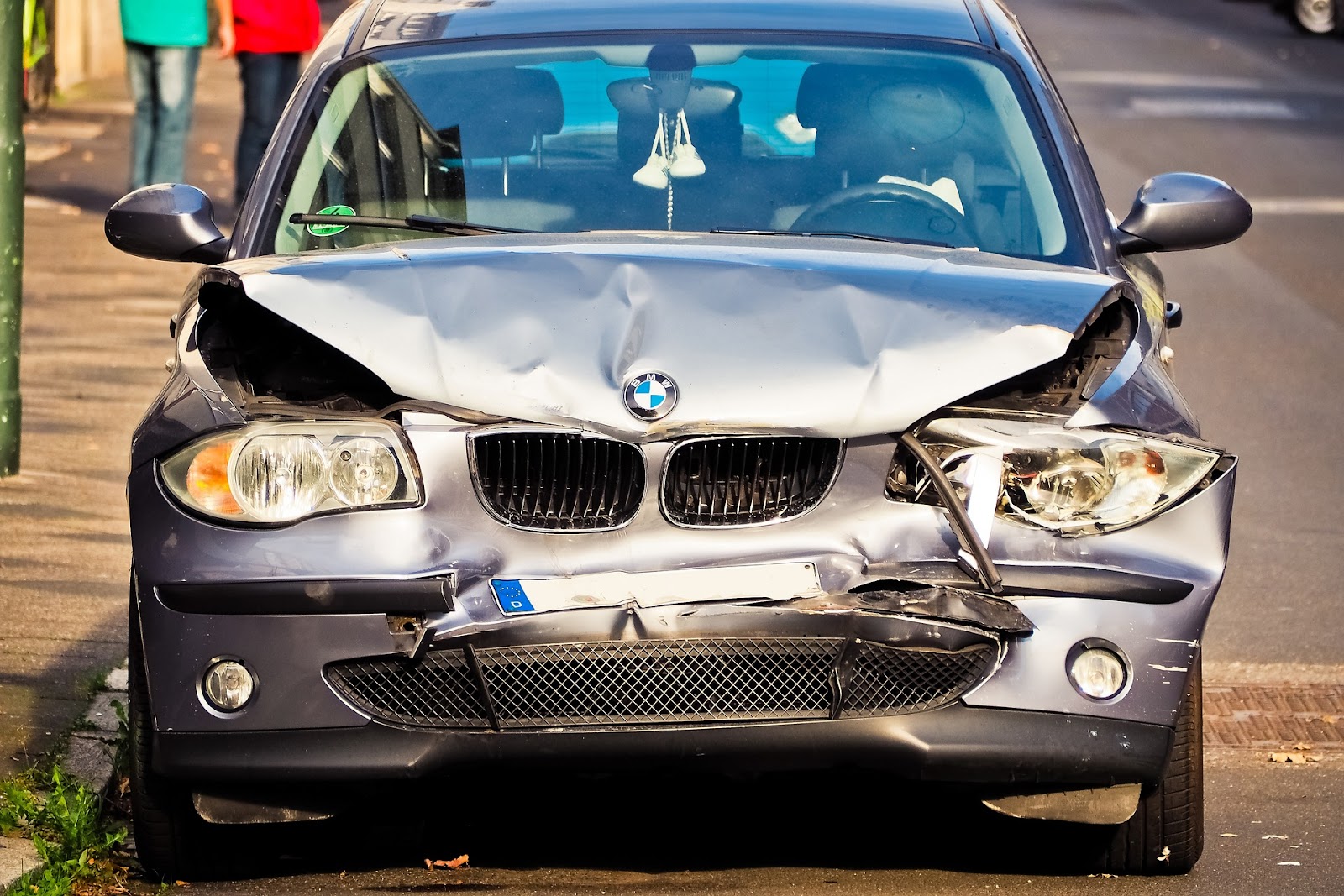
How is Fault Determined in Car Accidents?
Determining fault in a car accident can be a tricky task but it’s necessary because it decides who pays for injuries and repairs and protects the rights of innocent parties. In a car accident, the law considers a person at fault if they breached their duty of care while driving and violated any traffic rules when they caused the accident.
This blog post discusses the laws and the methods that a court considers to determine the fault of someone in a car accident.
How Does a Court Ascertain Fault in a Car Accident?
To ascertain fault, the court reviews the evidence to determine how a car accident occurred and whose negligence contributed to it.
It follows a procedure to determine whose negligence contributed to the accident:
Duty of care: By reviewing the evidence, the court understands the duty of care the parties had towards each other.
For example, a driver has a duty not to follow the vehicle in front of them too closely. So, if the other driver stops suddenly, there is a reduced chance of a collision.
Breach of the duty of care: After establishing the duty of care, the court reviews the evidence, like surveillance footage, if available, to discover which party breached its duty of care. The court checks for breaches, such as:
Speed limit violations
Ignoring traffic signals
Tailgating
Side swiping
Unsafe left turns into oncoming traffic
Driving under the influence
Cause of the car accident: After determining which party breached their duty of care, the court determines if the breach of duty has a direct link to the car accident.
If the court finds a direct link between the breach of duty and the accident, it assigns fault to the party for their negligent behavior, which makes the negligent party responsible for the injuries and damages to the innocent party.
For example, a drunk driver was waiting for the signal to turn green when suddenly, someone rear-ended him. In this example, there is no direct link between his intoxication and crash.
If the person had been driving while intoxicated and lost control of their vehicle, which resulted in a crash, then you could establish a direct link from the intoxication to the accident.
After determining fault, the court applies the negligence laws to calculate the compensation amount the parties deserve based on their percentage of fault.
How Negligence Laws Help Calculate Compensation in a Car Accident
Different states use the following negligence laws:
Modified comparative negligence
Pure comparative negligence
Contributory Negligence
However, most states follow the modified comparative negligence rule to calculate compensation.
Modified Comparative Negligence
According to the modified comparative negligence rule, anyone at fault in a car accident is liable to the extent of their fault.
For example, Florida is a modified comparative negligence state after 2023. If you have sustained injuries in a Florida city like Sarasota, car accident lawyers in Sarasota would have to apply a modified comparative negligence rule to file your claim.
So, if you share a 10% fault in your car accident, the court will curtail your damages by 10%. However, your level of fault must not exceed the threshold of 50%. If your level of fault is greater than 50%, the law bars you from recovering any compensation.
All states that follow the modified comparative negligence method to calculate compensation have a 50% or 51% limit rule. So if your fault level exceeds the limit set by the state, you will be barred from recovering any compensation.
Pure Comparative Negligence
Some states follow the pure comparative negligence rule to calculate compensation. Under this rule, you can recover damages even if your fault level is much higher than the defendant’s.
For example, if the court found you 75% or more at fault, you can still recover damages. But the court will reduce your compensation by 75% so will recover only 25% of total compensation.
Contributory Negligence
The following states follow the contributory negligence rule:
Alabama
Maryland
North Carolina
Virginia
Washington, D.C.
Under the contributory negligence rule, you cannot recover compensation if you have any level of fault. For example, the law will bar you from recovering compensation if the court finds you even 1% at fault for the accident.
Conclusion
In a car accident, fault is determined by which party bears the greater amount of responsibility for the accident.
The post How is Fault Determined in Car Accidents? appeared first on My Car Heaven.
